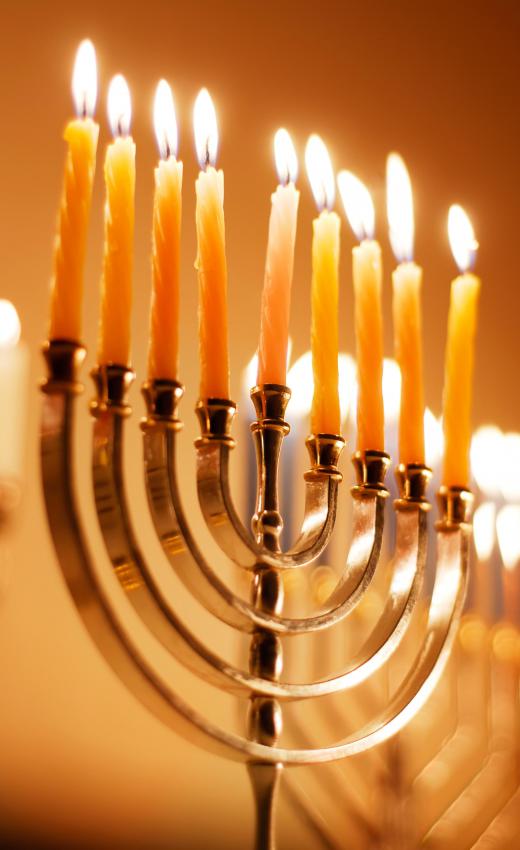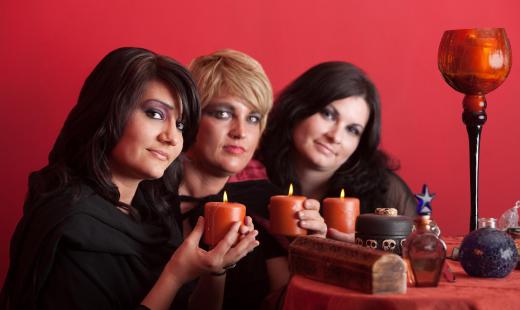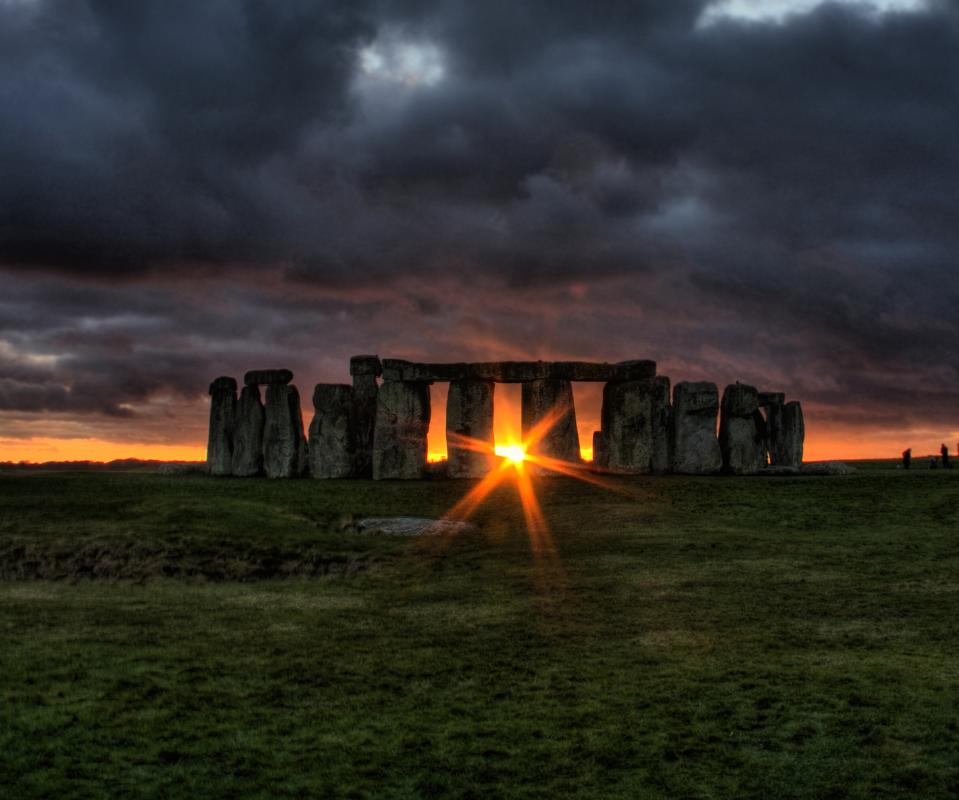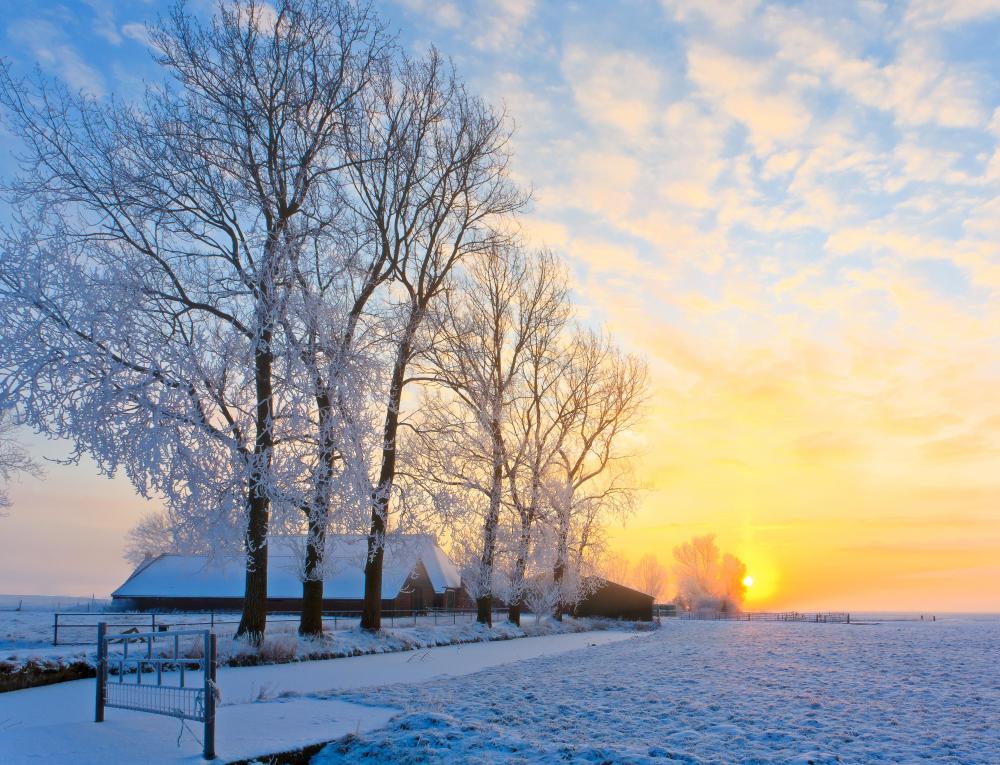At AllThingsNature, we're committed to delivering accurate, trustworthy information. Our expert-authored content is rigorously fact-checked and sourced from credible authorities. Discover how we uphold the highest standards in providing you with reliable knowledge.
What is a Solstice?
Solstices are short periods during the course of the calendar year when the equator of the Earth is at the greatest distance from the sun. This phenomenon is created when the axis of the planet is tiled directly towards or away from the sun, causing the exposure of the equator of the planet to be further away from the rays of the sun. The time of solstice also has a direct impact on the amount of daylight that is experienced in different parts of the world just before, during, and after the occurrence.
The name for this period when the equator is furthest from the sun has its roots in two Latin words or terms. Sol is Latin for the sun, while sistere is understood to translate as standing still. Thus, a solstice is a time when it appears that the sun is standing still rather than moving around the earth. The actual word dates back to a time in human history when the earth was understood to be the center of the universe.

In many cultures, the solstice marks the midway point of a given season. People around the world tend to be familiar with the summer and winter solstices. What may be less well known is that many of the important holidays that are important to many different faiths and cultures take place in close proximity to these two periods. Holidays such as Saturnalia, Hanukkah, Christmas, and Kwanzaa occur close to the winter solstice. Midsummer, St. John’s Eve, and the Wiccan holy day of Litha are all associated with the summer solstice.

In addition to the two times when the earth’s axis tilts the equator away from the sun, some people also count the occurrence of seasonal equinoxes as a time of solstice. The celebrations of Passover and Easter occur around the time of the spring equinox, while the Jewish holiday of Sukkot is close to the autumn equinox.
Frequently Asked Questions
What exactly is a solstice?

A solstice is an astronomical event that occurs twice a year when the sun reaches its highest or lowest point in the sky at noon, resulting in the longest and shortest days of the year. The summer solstice, typically around June 21st, marks the longest day in the Northern Hemisphere, while the winter solstice, around December 21st, marks the shortest day.
How does a solstice affect the amount of daylight?

During a solstice, the tilt of the Earth's axis is most inclined towards or away from the sun, affecting daylight duration. At the summer solstice, the North Pole is tilted toward the sun, leading to the longest period of daylight, while at the winter solstice, it's tilted away, resulting in the shortest day. This tilt creates significant variations in daylight hours across different latitudes.
Why do the dates of solstices change slightly each year?
The dates of solstices can vary slightly each year due to the Earth's elliptical orbit and its axial tilt. The Earth takes approximately 365.24 days to orbit the sun, and this extra quarter of a day accumulates over time, causing the solstice to shift. Leap years help correct this discrepancy by adding an extra day to the calendar.
Are solstices the same all over the world?
Solstices occur at the same moment worldwide, but their local date and time can differ due to time zones. The experience of a solstice, however, varies greatly by location. For instance, the summer solstice brings the longest day in the Northern Hemisphere, while simultaneously, the Southern Hemisphere experiences its shortest day, and vice versa during the winter solstice.
What cultural significance do solstices hold?
Solstices have been celebrated in various cultures for thousands of years, often marking them as important seasonal festivals. For example, the summer solstice is associated with fertility and growth, celebrated through Midsummer festivals in Europe. The winter solstice is often linked to themes of rebirth and renewal, exemplified by traditions like Yule in northern European cultures.
Can solstices impact animals and plants?
Solstices can have profound effects on the natural world. Animals often rely on changes in daylight to cue behaviors such as migration, reproduction, and hibernation. Plants also respond to the length of daylight, with many flowering plants using the increasing daylight hours in spring and summer to trigger blooming and growth cycles.
AS FEATURED ON:
AS FEATURED ON:














Discussion Comments
@Markerrag -- And I bet a lot of people don't know that. I'm not sure about how accurate the placement of Easter is, but I do know that Christ was most likely born in the spring instead of on December 25.
But, as you hinted, the actually dates did not matter so much. Converting pagans to Christianity was the goal and early Christians did that job well.
And don't take that to mean that I don't think putting those essential Christian holidays where they are is a bad idea or a move that diminished the significance of the events observed.
There is a very good reason that you find a couple of very important Christian holidays near those events. Pagan rituals were centered around both the winter solstice and spring equinox, so Christmas and Easter were put near them to co-opt those holidays.
It was a great strategy to help convert pagans to Christianity.
Post your comments